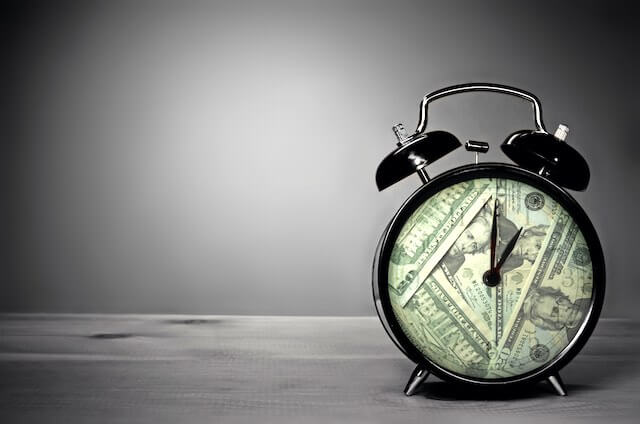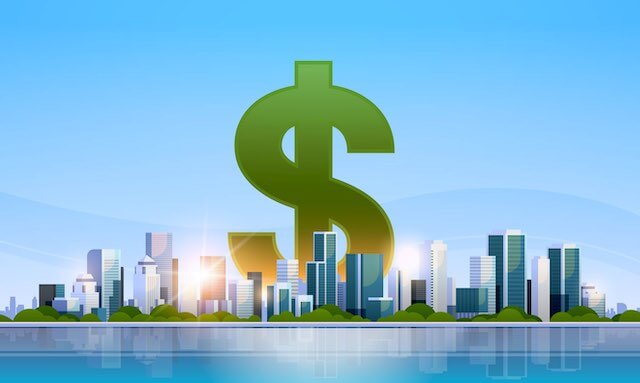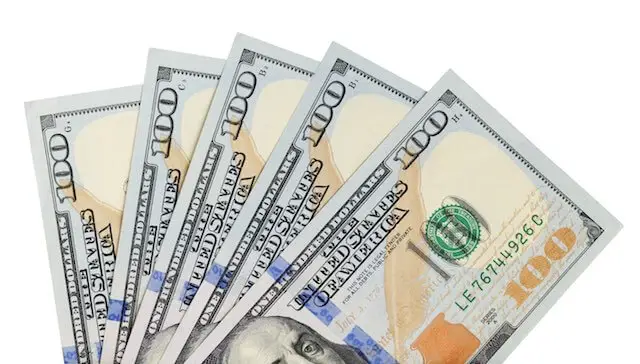Democrats, Republicans, and a Federal Pay Raise
Regardless of which political party is in power or whether the raise is large or small (in the recipient’s opinion), some readers argue federal employees fare better under Democrats while others claim they fare better under Republicans.
Federal employee unions, representing a significant percentage of federal workers, routinely provide strong support for Democrats running for office (and they also provide support after Democrats are elected) with their publicity mechanism and financial support.
In other words, Democrats good; Republicans bad—at least from the perspective of federal employee unions and their publicity machines. The role of unions undoubtedly skews the concept of a professional, non-partisan workforce, but money, politics, and political favors usually go hand in hand.
Despite what some federal employees may assume, the annual federal employee pay raise has generally been higher under Republicans. The degree of separation has actually lessened under the Biden administration which has given federal employees significant raises—at least in part because of the high inflation that that also occurred during the current administration.
In 2024, federal employees had an average pay raise (including locality pay) of 5.2% starting in January. Here are the locality pay tables for each locality pay area in 2024.
54 Years of Federal Pay Raise History: Republicans’ 4.05%, Democrats’ 3.78%
A review of the annual federal pay raise spanning more than 50 years covers various economic and political situations under the administrations of both parties. The president in office often makes the actual decision by default if Congress does not intervene or override the president’s proposal. In all cases, the president in the office usually makes the decision and always has a major influence on the size of the next pay raise.
The chart at the end of the article displays annual federal pay raises for 54 years. This time period spans six Republican administrations and four under Democrats. 32 years were under a Republican administration, and 23 years were when a Democrat occupied the White House.
For these 54 years, the federal workforce has had higher pay raises when a Republican administration was in power. Here is how it breaks out:
- The average federal pay raise per year: 3.76%
- Average federal pay raise under Republicans: 4.05%
- Average federal pay raise under Democrats: 3.78%
- Total of raises under a Republican: 123.10%
- Total of raises under a Democrat: 73.60%
- Highest annual federal pay raise: 9.10% (1980 under President Carter)
- Lowest federal yearly pay raise: 0% (2 years under President Reagan and 3 years under President Obama)
Before leaping to a conclusion, keep in mind that the total increases are higher for Republicans in large part because Republicans have occupied the White House for 9 more years than Democrats.
Which Presidents Provided the Highest (33.20%) and Lowest (7.70%) Total Federal Pay?
When President Nixon was in office, federal employees received the highest average yearly pay raise. Under the Nixon administration, the average yearly pay raise was 6.64%. In fact, the total federal pay raise during the five years of the Nixon administration was 33.20%.
While other presidents served more years in office, no other president provided total raises as high as federal employees enjoyed under President Nixon.
The second-highest average was under President Carter. During President Carter’s time in office, federal employees received an average increase of 6.60%. President Carter was in office for four years. Federal employee annual raises under his administration totaled 26.40%.
Administration with Lowest Total Federal Pay Raise
The administration with the record for the lowest average yearly pay raise was President Obama. The Obama administration also resulted in the lowest pay raise during any administration since 1970. Under the eight years of the Obama administration, the total raises were 0.96%. These low raises (including three years of no raise and two years of a 1% annual raise) were a significant contributor to the overall low results for the average yearly raise under Democrats.
The second-lowest administration for average yearly pay raises was President Reagan (2.58%). He was also in office for eight years. Under his administration, the average per year was 2.58%, and the administration’s total was 20.60%. There were two years without any federal employee raise during the Reagan years.
Summary
The political views of an individual influence our opinions. That being the case, many readers may automatically assume Democrats will provide a higher federal pay raise than Republicans. The most recent 54 years of data do not support that conclusion.
Inflation and the strength of the American economy play a role in the amount of any federal pay raise. Under President Nixon, the inflation rate ranged between a low of 3.3% (1971) and a high of 12.3% (1974). Under President Obama, inflation ranged between a high of 3% (2011) and a low of 0.7% (2015). Under President Carter, inflation reached a high of 13.55%. In 1980, the annual federal pay raise was 9.10%.
The Biden administration has improved the total increase in federal pay with an average of 4.17% and a total of 12.50% during his three years in office. Also, since taking office, prices have increased cumulatively by about 17.4%.
In looking at the past seven presidents, only Jimmy Carter had a larger inflation rate (26.2%) at a similar point in his presidency.
$10,000 1945 Pay Cap Worth About $175,940 in 2024
From a historical perspective, higher raises have been given to federal employees. In 1945, the federal pay raise was 15.9%. That sounds good, but it was the end of World War II, and no one wants the upheaval in a world war and the economic and social disruption of that era leading to such a large rise. There was also a pay cap of $10,000 at that time. To put that into perspective, a salary of $10,000 in 1945 is worth about $175,940 in 2024 dollars.
The large pay raise was also after a few years of lower average federal salaries. A 1962 salary report noted:
During World War II, force expansion and rapid turn-over, which required hiring large numbers of workers at minimum grade rates, caused a decline of average pay in some grades. After the war, reduced Federal employment under a policy of seniority retention augmented the effect of merit increases; consequently, average salaries in each grade advanced somewhat more than basic pay scales.






